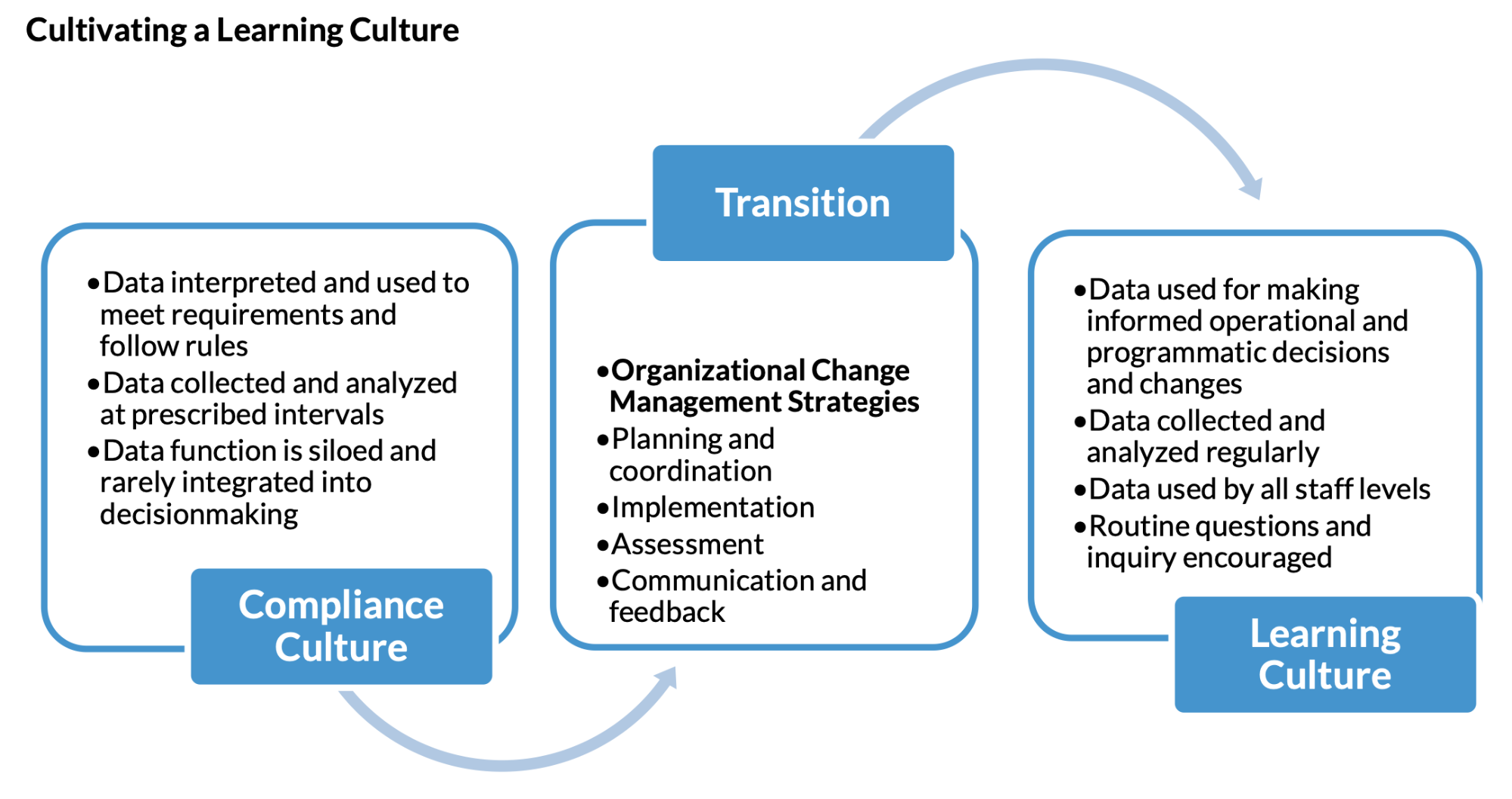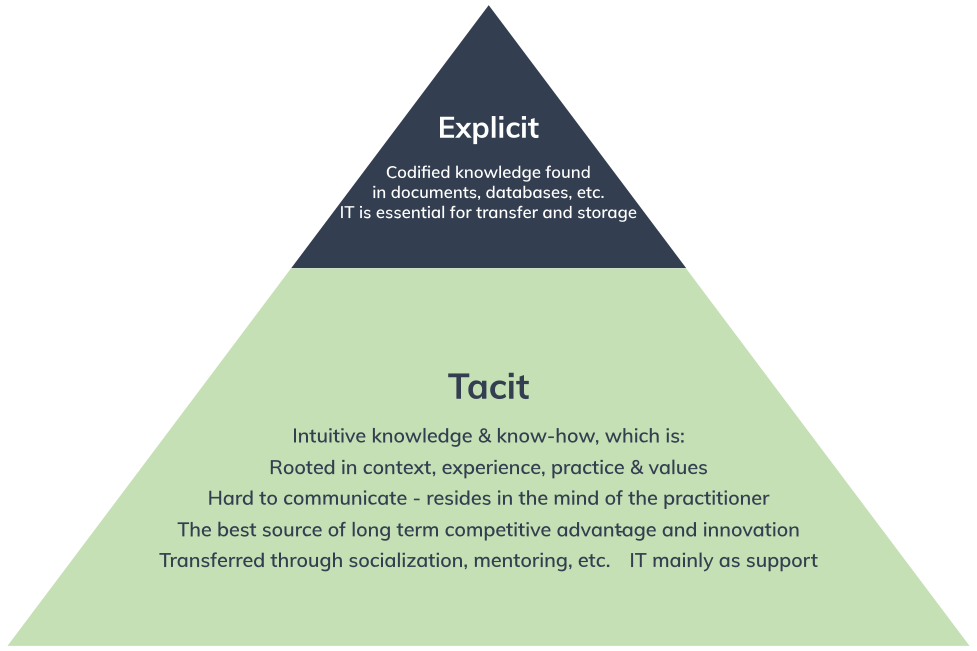
This is the most comprehensive guide to organizational learning you'll find online. Don't believe us? Keep reading.
Do you remember the Nokia mobile phones? In 1998, Nokia was the best-selling phone brand in the world. Revenues skyrocketed by 503% in the years 1996-2000.
But, in just seven years, Nokia plummeted from a share value of $150 billion to selling for only $7 billion.
So, why this disastrous fall? A big part of the reason was that Nokia failed to adapt and learn from new circumstances. The increasingly risk-averse company didn’t have an organizational learning culture.
Instead, the company culture hindered learning. That stunted innovation, as it builds on learning and the ability to create, retain, and transfer knowledge within the company.
If that didn’t convince you to create a learning culture in your organization, then this might: your competitors are thinking about this.
In fact, the 2020 Deloitte Global Human Capital Trends report shows that as many of 75% of respondents claim that creating and preserving knowledge across evolving workforces is essential or very important for their success over the next 12-18 months.

(Source)
So, let’s make sure that your business avoids Nokia’s sorry fate by creating an organizational learning culture.
What is Organizational Learning?
Organizational learning is how your company improves over time. It has three key outcomes:
- Knowledge creation. Acknowledge new insights into the business.
- Knowledge retention. Turn tacit knowledge into explicit knowledge to retain the information.
- Knowledge transfer. Share the knowledge with all relevant parties.
These three elements are all an essential part of your business’ knowledge management strategy — how your company strategically manages knowledge.
Organizational learning doesn’t necessarily mean formal training. Instead, we can approach learning on an individual learning level as micro or macro.
Micro-learning focuses on solving a particular problem. Organizational training expert Josh Bersin suggests that micro-learning often takes less than ten minutes.
You can usually find the answer through a quick search. For example, micro-learning could be to learn a useful keyboard shortcut or convert a file to a different format.
Macro-learning means dedicating hours or days to developing skills and learning something new.

(Source)
You want your organizational learning strategy to consider both micro and macro-learning—making it easy to find answers to quick questions as well as having a structured way for longer periods of skill development.
Why Is Organizational Learning Important?
There are many advantages to organizational learning. You can:
- Increase productivity. For example, studies have shown that companies could increase productivity by implementing a social learning strategy that reduced learning time.
- Reduce turnover and increase job satisfaction. An article in Human Resource Development Quarterly shows that an organizational learning culture made employees less likely to leave. They were also happier with their work and had increased motivation for transferring learning.
- Maximize employee engagement. The learning culture leads both directly and indirectly to employee engagement.
- Adapt to change. By continually learning and sharing knowledge within the company, it becomes easier to adapt to customer demand, market conditions, and unforeseen external factors.
- Increase customer satisfaction. A study in the Australian Academy of Business and Economic Review linked the organizational learning culture to satisfied employees, which lead to happy customers.
- Improve skill levels. As learning becomes a natural part of the organizational culture, you can expect employees to learn and develop more than before, nurturing leadership skills and increasing personal responsibility.
- Increase profitability. Studies show that an organizational learning culture has a direct impact on business performance.
- Learn from past mistakes. As you evaluate results, make adjustments, and document new best practices, you avoid repeating the same mistakes as before.
Why Make Organizational Learning Part of Your Culture?
So, why should you make learning part of the company culture?
The organizational culture is the idea of “how things are done” in the workplace. If the first association with “corporate learning” is a set of dusty folders with training materials, we need to think again.
Occasional formalized training is not enough to make learning a natural part of everyday activities.
Instead, Mary K. Winkler and Saunji D. Fyffe of the Urban Institute suggest that businesses need to move from a compliance culture to a learning culture:

(Source)
A business with a compliance culture uses data to follow the rules. The data is collected at specified intervals, siloed, and then rarely used for decision making.
You can imagine how rigid that type of workplace becomes! But it also fails to maximize the employees’ and the company’s potential.
That stands in high contrast with a company with a learning culture where data is used by all employees, evaluated regularly, and continuously used for decision making.
Which company becomes more competitive? We’ll probably all place our bets on the business that actively learns.
So, let’s look at how you can implement a culture of learning in your business.
How to Create an Organizational Learning Culture in Your Business
According to this HBR article on knowledge management, you’ll need three things to adopt an organizational culture focused on learning: a supportive learning environment, concrete learning processes and practices, and leadership that reinforces learning. You’ll need to develop three things:
1. A Supportive Learning Environment
First of all, you need to create a safe environment for exploration:
- Encourage new ideas. When employees know that you are open to new perspectives and different points of view, you create a psychological safety that makes it easier for a team member to suggest a new way of tackling a problem.
- Make space for the unexpected. It’s all well to encourage learning, but do employees have the capacity? You don’t have to go all-in and adopt Google’s famous 20% rule to allow employees to spend a day per week on their own projects. However, making sure that the workload allows quieter times when team members can play with new ideas, brainstorm, and consider alternative ways of working.
- Expect (and handle) failure. Experimenting and innovating can also lead to mistakes. How can you accept that as a part of the process and learn from it?
2. Concrete Learning Processes and Practices
Now it’s time to integrate learning into your everyday activities:
- Create plans for learning. You’ll need plans for development and training on the individual, team, and organizational levels. For example, you’ll want to make space for discussions on learning and development when employees have their performance reviews. By investing in employee development, you can also make recruitment easier. What skills and experience do employees need to grow and become attractive for internal recruiting for higher positions?
- Enable social learning. Knowledge sharing happens naturally and spontaneously when people spend time together. That said, you can give it a nudge by scheduling it. Can you put weekly, monthly, or end-of-project meetings on the schedule to discuss insights and learnings?
- Gather insights into everyday processes. Do you document insights from one project so teams can learn from it when starting another? By capturing ideas in easily accessible documents, it becomes easy to integrate them into the workflow and improve best practices. If you’re using process documentation, ensure you the processes include steps for documenting learnings.
- Add audits. How and how often do you evaluate results? Add process steps and schedule a time to consider the gathered insights. What changes do you need to carry out based on what you’ve learned?
3. Leadership That Reinforces Learning
If learning is to become part of the culture, leaders need to lead the way — not just with words but with their actions.
Unfortunately, a 2019 report by Deloitte shows that learning rarely is linked to promotions. Yes, it’s easy enough to pay lip service to the importance of learning.
However, if you want employees to take it seriously, you need to find a way to reward learning. For example, consider what value you currently place on knowledge and initiatives for promotions or salary increases.
Are your actions consistent with your communication? Recognize and encourage new solutions and ideas, even if they don’t turn out to be useful.
How to Use a Knowledge Base for Organizational Learning
When you’re encouraging a company culture focused on learning, you need the right technological foundation. A 2020 Deloitte study showed that two of the most common issues are organizational silos and tech infrastructure.
A knowledge base is a convenient and cost-effective way to limit these issues to a minimum. With an internal knowledge base you can upload documents, training programs, and any other company information into a centralized location. Once that’s done, the knowledge base facilitates every part of organizational learning:
Creation — collaborate on documents, jot down insights, draft training, process, and policy materials
Retention — create processes for retaining information, add insights into best practice
Transfer — share organizational documents and employee training materials, manage access, manage onboarding program
A Knowledge Base Facilitates Both Micro and Macro Learning
An internal knowledge base becomes useful both for micro and macro learning. For example, Helpjuice offers Google-like search functionality, making it quick and easy for employees to find the right information in the knowledge base.
In a situation where employees are unsure how to complete a particular task, they can turn to the knowledge base to find the answer in your training materials or documentation in seconds.
When it comes to macro learning, a knowledge base can host sophisticated training or onboarding solutions, including images, graphics, and video. Want to show new hires your way of using your project management software?
Simply add a step-by-step guide with screenshots (yes, funny gifs are allowed, too!). The knowledge base makes it easy for them to access, watch, and re-watch it as needed.
A Knowledge Base Makes It Easy to Update Information
Another important aspect of using a knowledge base is that it’s easy to make adjustments.
After all, successful organizational learning relies on regular tunings that are a natural part of the workflow.
That’s why you’ll want to choose a knowledge base with convenient editing functions. Helpjuice allows you to update the information just as easily as you would edit a Word document.
This way, you won’t dread or pull off making changes, and your training materials can always stay up-to-date.
A Knowledgeable Base Lets You Analyze How Employees Use the Training
With a knowledge base with analytics and reporting tools, you can also see how employees use the materials.
For example, do people tend to miss a section in the onboarding process? Is one part of your support documents especially popular, so it might be useful to expand it into a training program?
The analytics can help guide new decisions about how your company will approach corporate learning.
Start Creating a Learning Culture in Your Organization the Right Way
“We understand that the only competitive advantage the company of the future will have is its managers’ ability to learn faster than their competitors”.
These wise words come from a 1998 article in HBR written by Arie de Geus, who worked in Shell’s planning group. Organizational learning may seem risky as developing means challenging the status quo, but it is necessary to stay competitive.
A supportive learning environment, concrete processes and practices, and walk-the-talk leadership are necessary elements for building the right culture.
With the right technological foundation, you’ll be poised to take organizational learning from a fancy buzzword to an integral part of the company culture.
We at Helpjuice would love to help you along the way in creating a learning culture in your company. The support team is ready to make any customizations you need, at no cost to you. So, try out Helpjuice for free for 14 days and see what you think.
